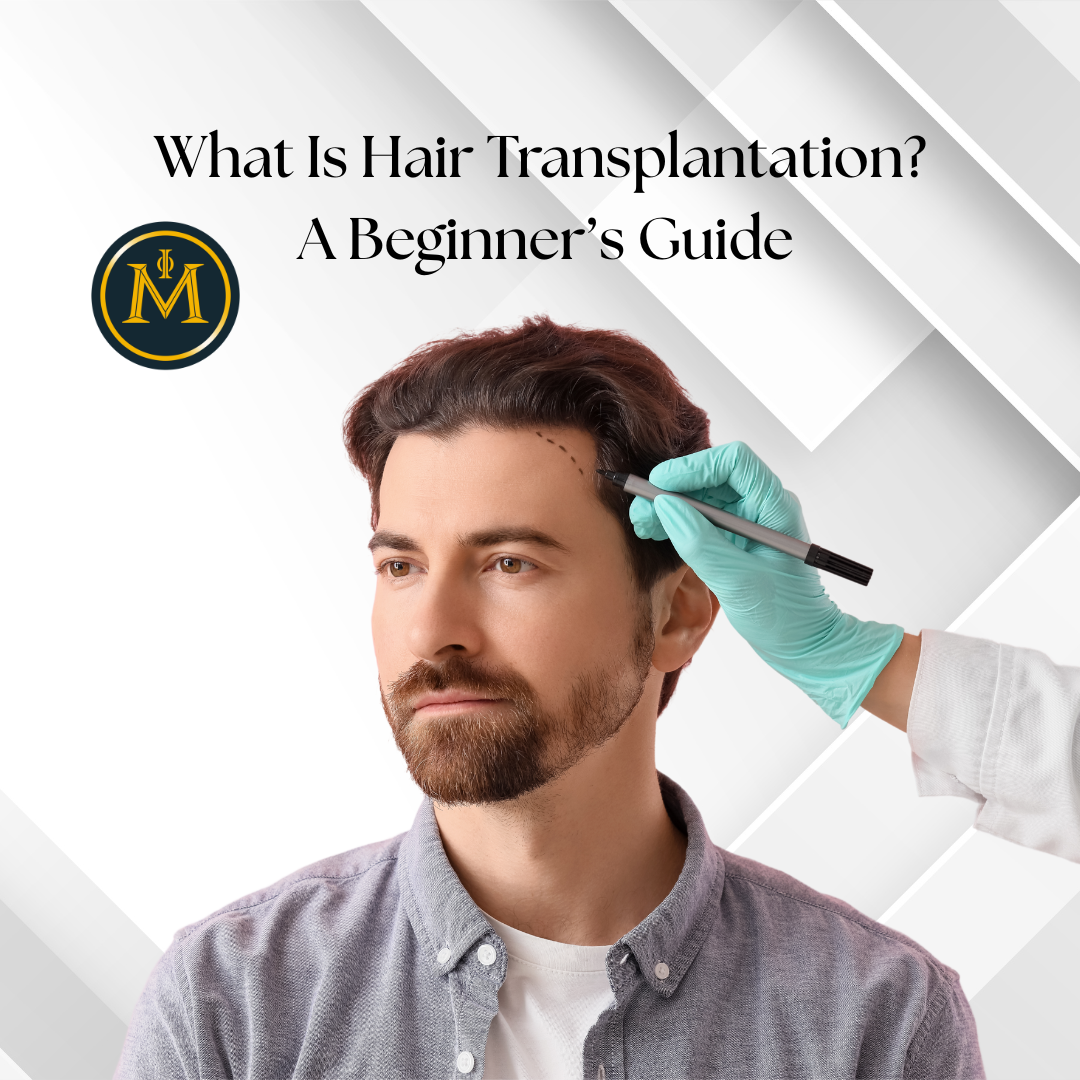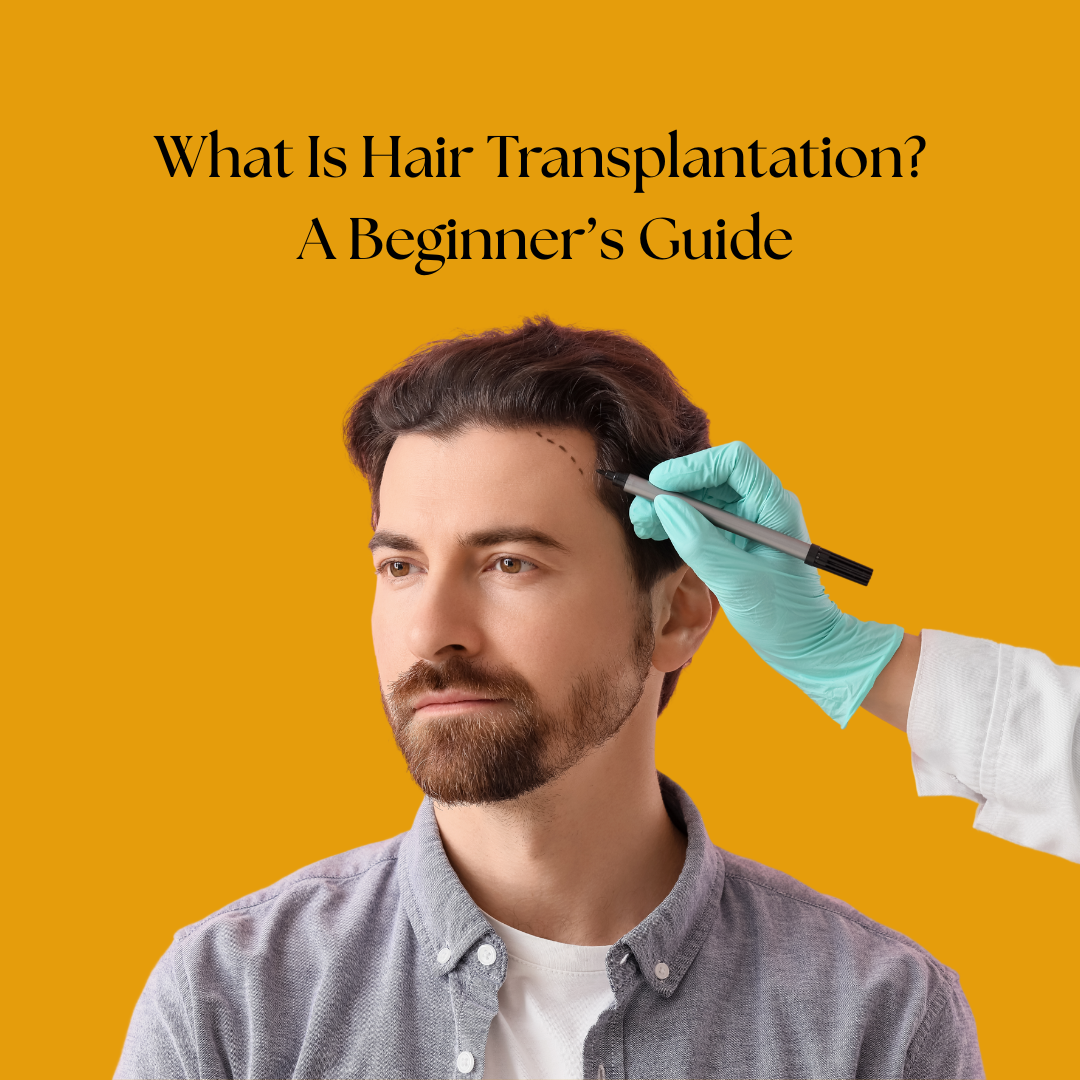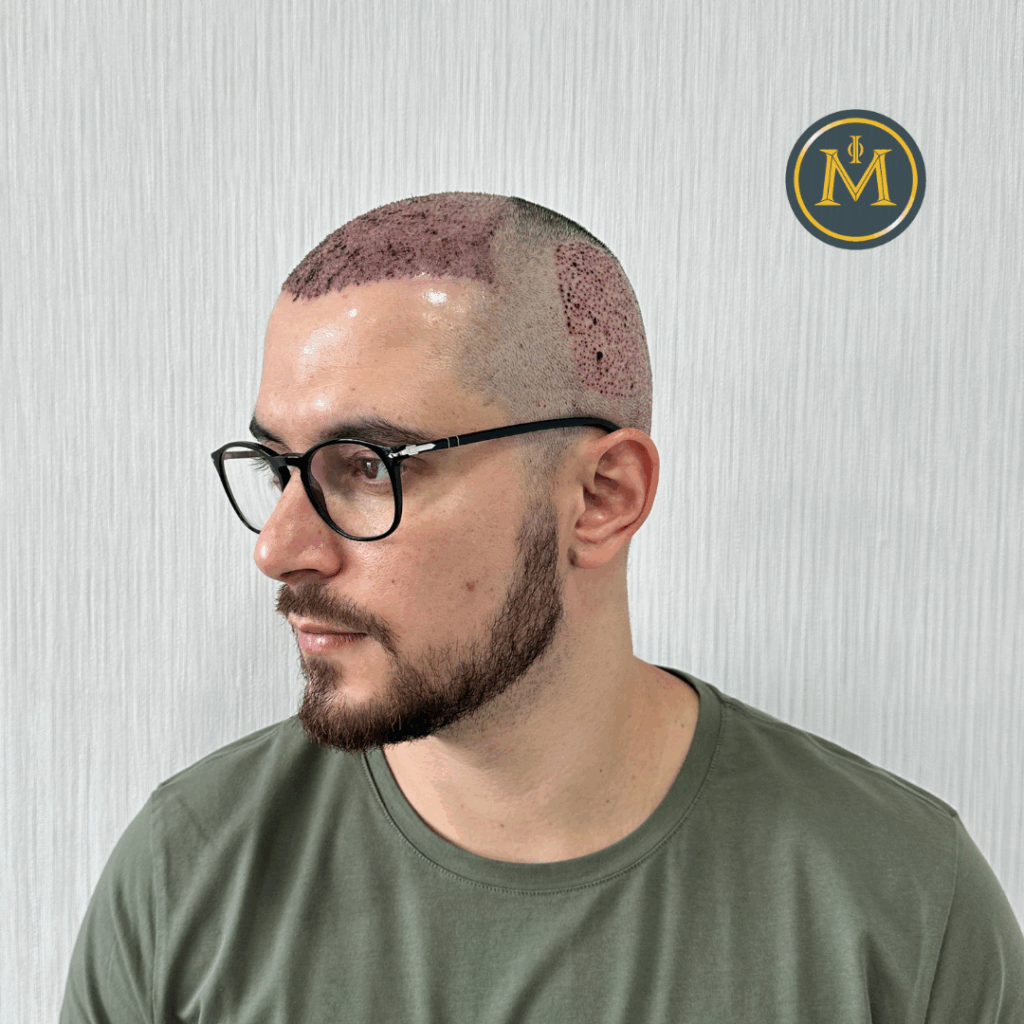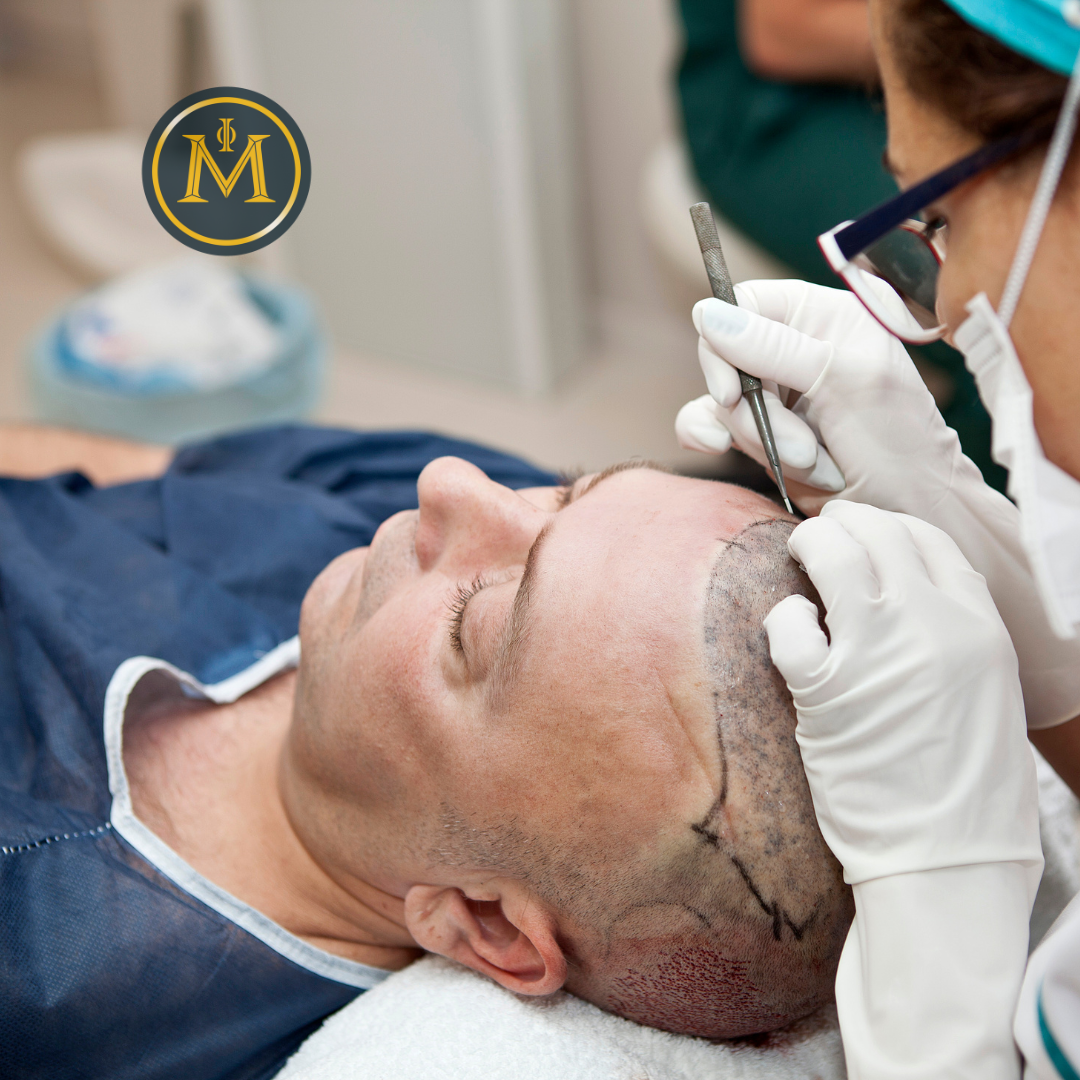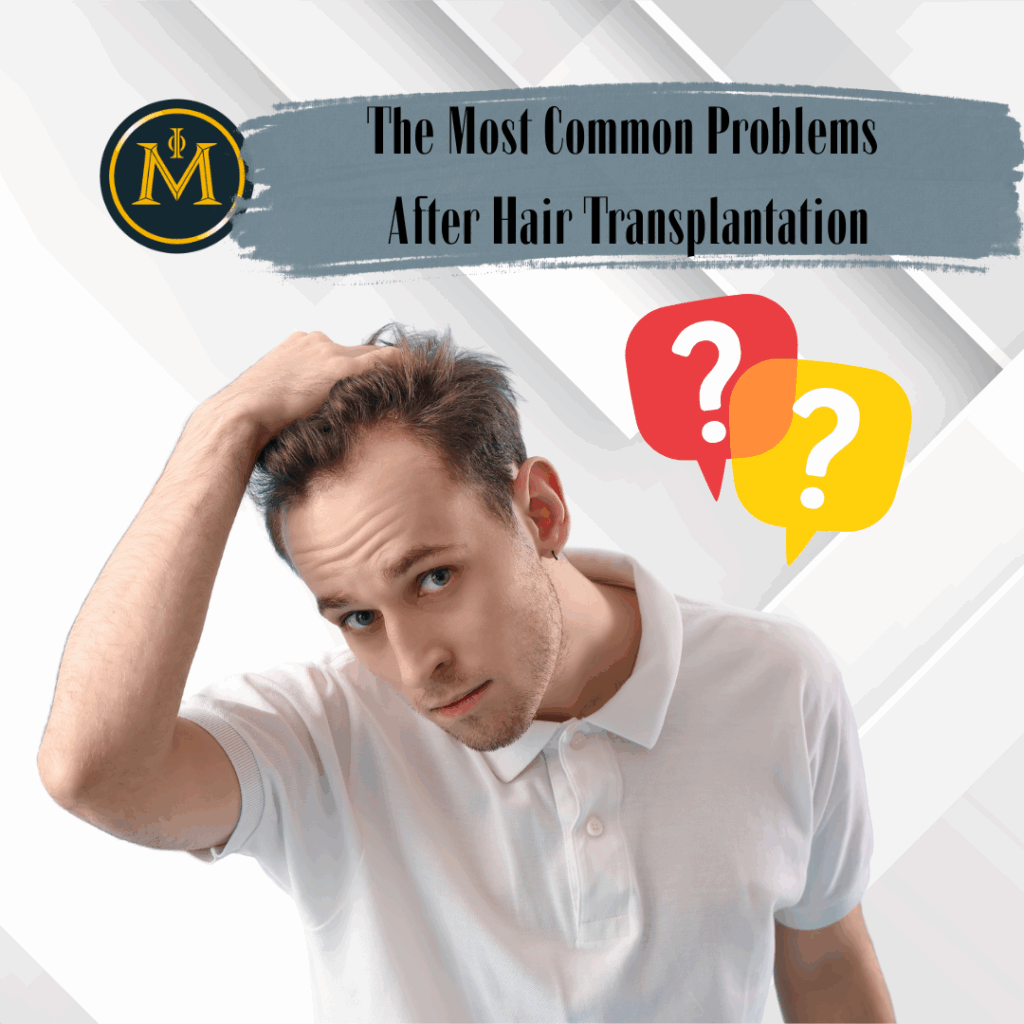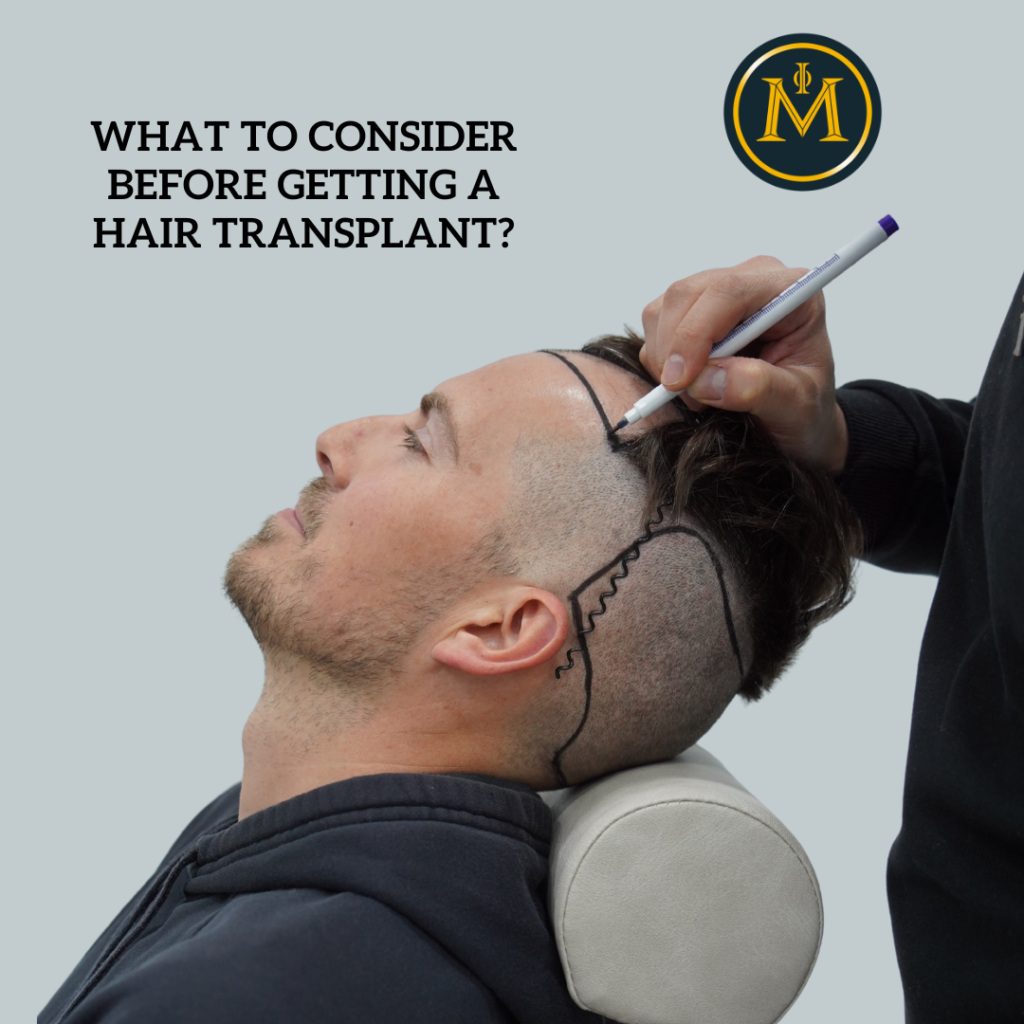Medical of Istanbul
What Is Hair Transplantation? A Beginner’s Guide
Hair plays a major role in how we present ourselves to the world. It’s often linked to identity, youth, and confidence. When hair loss begins—whether due to genetics, age, or other factors—it can affect not just appearance but also self-esteem. While some people turn to wigs, topical products, or medications, these solutions are often temporary. That’s where hair transplantation comes in. It’s a medical procedure designed to restore lost hair in a natural and permanent way. If you’ve been curious about how it works, this beginner’s guide will take you through the essentials step by step.
